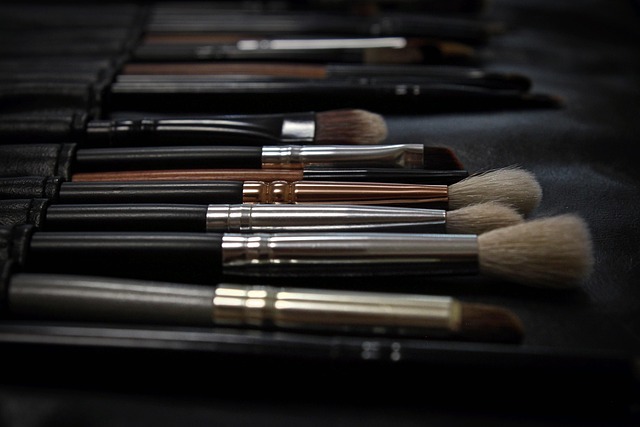Top Fashion Trends in Theater Costumes: A Stylish Performance
Theater has long been a canvas for creativity, not just in storytelling, but also in fashion. When the curtain rises, it unveils a world where costumes play an integral role in delivering the narrative. The garments worn by characters become vital storytellers themselves, and as the fashion landscape evolves, so too does the realm of theater costumes. Here are some of the top fashion trends currently making waves in the theatrical world.
1. Sustainable Materials
As the global fashion industry turns towards sustainability, theater is following suit. Many costume designers are opting for eco-friendly fabrics and materials. From organic cotton to recycled fibers, these choices not only reduce waste but also convey a strong message about environmental responsibility. Shows that highlight these sustainable practices often resonate more profoundly with audiences, reflecting our collective desire for a greener planet.
2. Bold Colors and Patterns
This season, theater costumes are embracing vibrant hues and striking patterns. Designers are steering away from muted tones, opting instead for eye-popping colors that command attention. This trend is particularly powerful in musicals where the visual impact is crucial to the storytelling. Think large floral prints, geometric shapes, and bright primary colors that energize both the performers and the audience alike.
3. Historical Inspirations with a Modern Twist
The charm of vintage fashion continues to captivate theater designers, who are frequently drawing inspiration from various historical eras. However, the trend lies in merging these classic styles with contemporary elements. For instance, a Victorian gown might be reimagined with modern cuts or unexpected fabric choices. This blend of past and present creates costumes that feel timeless yet relevant, enhancing the audience’s connection to the story.
4. Gender Fluidity in Costume Design
Breaking traditional gender norms in fashion, theater is increasingly embracing gender-fluid designs. From androgynous silhouettes to widely inclusive styles, costumes are now being tailored to express individuality rather than conform to societal expectations. This trend not only reflects the growing acceptance of diverse identities but also offers a fresh take on character development, allowing performers to explore their roles in uncharted territories.
5. Experimentation with Textures
Textures are taking center stage in costume design, adding depth and emotion to theatrical productions. Designers are mixing fabrics like leather, silk, and tulle in unexpected ways, creating costumes that beg to be touched as much as they are admired. The visual and tactile interplay of different textures adds richness to characters, enhancing their journeys on stage.
6. Minimalism Meets Maximalism
In an era defined by extremes, theater fashion is finding a unique balance between minimalism and maximalism. Some productions opt for sleek, understated designs that allow for a more intimate connection between the audience and the performers. Conversely, others go all out with extravagant, over-the-top costumes that ensure every moment is a visual feast. This duality invites audiences to engage with the performance in various ways, depending on the artistic direction of the show.
As the world of theater continues to evolve, so too does its approach to costume design. The intersection of fashion and performance art creates a dynamic space for innovation and expression, ensuring that each production not only tells a story but does so in style. With these trends shaping the future of theater costumes, audiences can look forward to a stylish performance every time the lights dim and the curtain rises.




